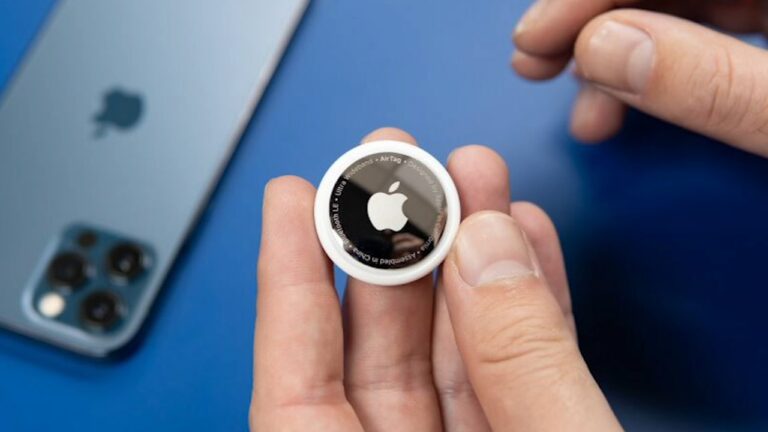The astronaut suffered from a blood clot in their leg, and doctors on Earth were able to treat the condition from more than 200 miles away.
The blood clot was found during routine ultrasound exams of the astronauts veins. The astronaut had no family history of blood clots but two months into their mission one was found to be forming in their jugular vein.
The doctors on Earth faced a decision: whether to leave the blood clot alone and hope it didn’t travel or administering anticoagulation drugs in the microgravity of space. The administration of drugs poses its own unique challenges, since there is a limited supply of syringes and drawing liquid from vials isn’t straightforward in space. There also wasn’t anticoagulation-reversal drugs onboard, in the event the astronaut’s blood became too thin.
In the end, they administered the drugs and the astronaut turned out fine.
This news highlights the fact that scientists still don’t understand all of the challenges the human body might pose in microgravity. Thankfully they were being screened but with more aggressive missions there could be even greater challenges.
News of the treatment came out around the same time a female astronaut broke the record for the longest space mission by a woman.
Switching to story mode, and specifically trying to come up with ideas for a series, what if there was an Earth-bound doctor for the astronauts? Think House, but in space, and from a distance.
There could be 3D-printed casts and shunts, organs grown in space, robotic arms for performing surgery from miles away. There would be a built in time-demand, just like in House, where the patient might die without proper treatment. Some challenges could be a change in internet access and speed, attacks on Earth and in space, and potentially personal conflict, if a family member or loved one happens to be the patient. These would be shorter books, 30-40k words each, but could be devoured quickly.
An interesting one would be to train an algorithm for deep-space missions, where the lag would make direct treatment impossible. If every particular surgery performed in a sample of sufficiently modern cities was recorded and fed into an algorithm, the AI could control the robotic arm and perform the surgery itself. This could be in the final book of the series. The AI begins to take over for Earth doctors, making the main character obsolete until they are required to come back and solve the problem the robot cannot, or will not, because the resources used to save one life would put others at risk.


